Can air travel ever be sustainable? Is it time to tax the wealthy for long and repeated flights? Michael Alexander seeks the views of some of those close to the travel and tourism sector.
There might be a cost-of-living crisis, but you’d never think it when it comes to folk booking foreign holidays for summer 2023, says John Stewart who manages the Dundee and Broughty Ferry outlets of the UK’s largest independent travel agent, Hays Travel.
Massive rise in bookings
In December, there was a “very abnormal” 463% year-on-year increase in bookings for beach breaks, and, by mid-January, bookings were up 90% with 52% of beach holiday sales to families.
Long haul destinations such as Australia are proving “extremely popular”, he said, with exotic destinations such as Dubai and Mauritius also in demand alongside river and ocean cruises – particularly amongst more “mature” customers.
There’s also been “unbelievable demand” for ships sailing out of Dundee for the first time in years with some cruises already sold out.
It’s not difficult to understand why demand has eclipsed pre-2020 levels.
After the travel industry all but ground to a halt during the Covid-19 lockdowns, there’s pent-up demand from people wanting to travel.
‘Life is too short’
Despite the average price and spend on holidays being higher than it was pre-Covid-19 – and with prices threatening to go up further due to higher costs of aviation fuel – many customers have concluded that “life is too short” and they “deserve” some fun in the sun.
“Talking to customers, they are prepared to cut out on other things, but they are not prepared to miss out on a holiday,” said Mr Stewart.
“They are dipping into their savings, or they are using money they have not spent in the last few years.”
While below-inflation wage rises and the rising cost-of-living mean affordable holidays remain out of reach for many, the current boom in bookings is great news for the industry which experienced an “extremely challenging time” during Covid-19.
It’s extra sweet for many of the travel agency staff who previously lost their jobs with Thomas Cook in 2019 then restarted with Hays Travel, only to be thrown into the unknown by the pandemic.
It’s also a boon at home and abroad for economies dependent on tourism.
Climate impact awareness
But how do these trends fit with warnings about the climate emergency and the growing carbon footprint of international travel?
Are holidaymakers with money to burn being selfish and environmentally reckless by travelling abroad?
Can the travel industry ever truly be sustainable?
Should more people be mindful of the Swedish term Flygskam which describes the feeling of being ashamed to fly?
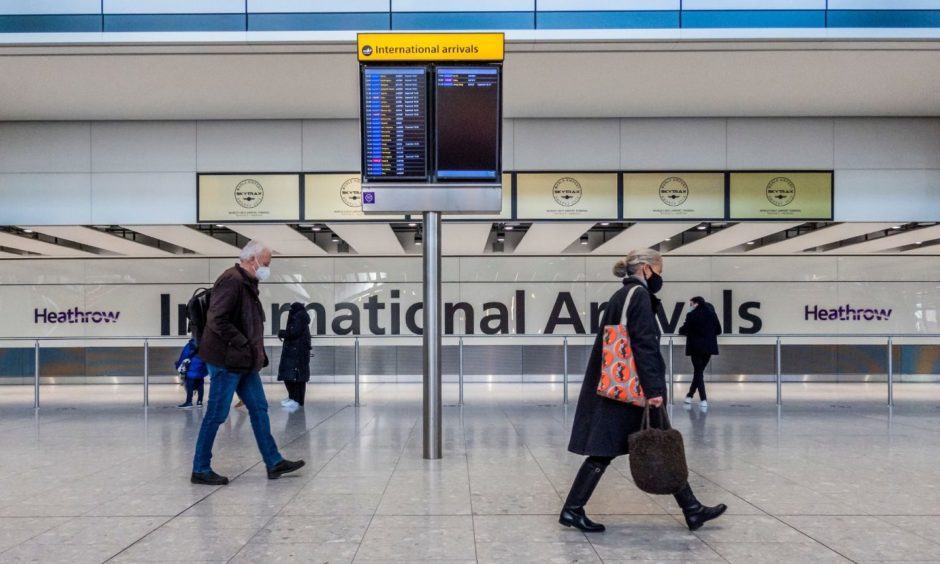
Mr Stewart said there is “definitely an awareness of environmental impact and sustainability” amongst some Dundee customers.
For long haul flights in particular, some ask whether airlines have retired old, fuel-inefficient aircraft.
Many destinations are also now insisting on certain environmental restrictions before a cruise ship can visit.
But ultimately, he said, “people are not prepared to give up their holiday”.
How impactful is air travel?
According to the World Economic Forum (WEF), aviation is responsible for 3% of global carbon dioxide emissions.
While this doesn’t sound massive, the impact of aviation is rising and without significant action, the contribution to global emissions could soar to 22% by 2050 as passenger numbers rise.
In 2021, global airlines, convened by the International Air Transport Association (IATA), committed to reversing this trend to reach net-zero emissions by 2050.
Amongst them is British Airways, which told The Courier it has a “clear roadmap of short, medium and long-term initiatives to get there”.
“In the short-term, this includes improving our operational efficiency, investing in more efficient aircraft, funding carbon offset projects to mitigate emissions on UK domestic flights and progressively introducing sustainable aviation fuels,” a spokeswoman said.
“In the medium to longer-term we’re continuing to invest in the development and scale up of sustainable aviation fuel and looking at how we can help accelerate the growth of new technologies such as zero emissions hydrogen-powered aircraft and carbon capture technology.
“As well as our own efforts, we are also empowering customers to make more sustainable travel choices.”
Is flying less the only option?
But according to Perth-based environmentalist and geographer Mike Robinson, who is one of the founders and chairperson of Stop Climate Chaos Scotland, the only responsible option is to fly less for the sake of the planet and everyone on it.
“Flying remains the most impactful activity most individuals can take in terms of climate emissions,” said Mr Robinson, who is also the chief executive of the Royal Scottish Geographical Society.
“A single long-haul flight can emit the same carbon as a household does in an entire year, so it needs to be seen as more of a luxury and less of a habit.
“Air travel will always struggle to be sustainable because there is no easy alternative to burning aviation fuel (kerosene), and because emissions occur higher up in the atmosphere, where they have a heightened impact.
“This is recognised in the Climate Change Scotland Act (2009) which requires the Scottish Government to set a ‘multiplier’ to the emissions from aircraft to account for this.
“Government has, however, ducked this issue.
“Although science tells us that the extra impact is around two to three times the same emissions at ground level, they chose to set the multiplier at one, so negating the point of the amendment.”
Despite technological advance being a commitment of the industry, the fact that aircraft are so expensive means that most of the current fleet will still be around in 2045, said Mr Robinson.
Even if alternative technology existed, it would take a huge investment to transform the fleet, he added.
That said, he thinks it’s fair to say that some air travel is “inevitable”.
Living in a globalised world, he doesn’t think the answer is a “total blanket ban”.
Alternatives to flying
Mr Robinson would encourage more travel within the British Isles rather than abroad.
Perhaps when people do travel, they should stay longer or turn the journey into part of the trip.
However, an alternative would be to find an alternative, greener form of transport.
For example, it’s possible to get as far afield as Marseille or Amsterdam in a day’s train travel from Edinburgh, while more than 75% of flights from Scottish airports are to London – journeys which, when running reliably, would be easier and quicker by train.
It’s a relatively small number of wealthier people who tend to fly most.
Business class passengers produce six times more carbon as those in economy class, and 1% of the most frequent fliers are responsible for half of all aviation’s carbon emissions.
Mr Robinson said a frequent flier levy is the most obvious answer to make this inequality fairer.
However, he acknowledges this is “not a popular measure”.
Impact on Scottish tourism
Travel and tourism are an essential part of Scotland’s lifestyle and economy.
International travellers to Scotland spent £2.5 billion in 2019 alone with nearly 9% of employees in Scotland working in the tourism sector.
But how does that fit with the search for greener ways to travel and consumer pressure to be more sustainable – particularly from younger generations?
A VisitScotland spokesperson told The Courier that despite the cost-of-living challenges, 2023 is already seeing strong demand for Scotland from key markets such as Europe and North America.
The return of international visitors is seen as “crucial” for the long-term recovery of Scotland’s tourism and events industry.
What must be considered, however, is the way people travel to Scotland and how that supports the country’s responsible tourism ambitions.
“Preserving Scotland’s natural assets for future generations requires balance,” the spokesperson said.
“Travel and tourism sustain communities and make for a more inclusive society.
“But we need to grow the visitor economy while minimising its negative environmental and social impact.”
Growing awareness of tourists
The spokesperson said more visitors are increasingly “becoming mindful” of their impact on the world around them.
VisitScotland is playing a leading role in the development of Scotland as a “globally recognised responsible destination by inspiring and influencing visitors to make sustainable choices at all stages of their journey”.
Through marketing, they offer a “host of inspiring content, itineraries and practical advice to help minimise trip emissions”.
Their aim is to encourage visitors to “slow down, stay longer, visit all year round, explore more widely and, in turn, contribute to the sustainable quality of life of the communities they encounter”.
The spokesperson added: “We are working with tourism businesses and events to help them on their sustainable journey by encouraging climate action planning, increasing their green credentials and creating products and experiences that are inclusive and sustainable, so that responsible tourism becomes the norm.
“Our vision is for Scotland to be one of the most economically, environmentally and socially sustainable destinations in the world.
“However, we know that this is not something we can do alone.
“Collaboration is more important than ever, particularly in response to the climate crisis and the need to drive recovery and resilience in our industry.
“By working together with visitors, industry, stakeholders and other partners, we can help protect Scotland’s world-famous natural assets and renowned tourism offering.”
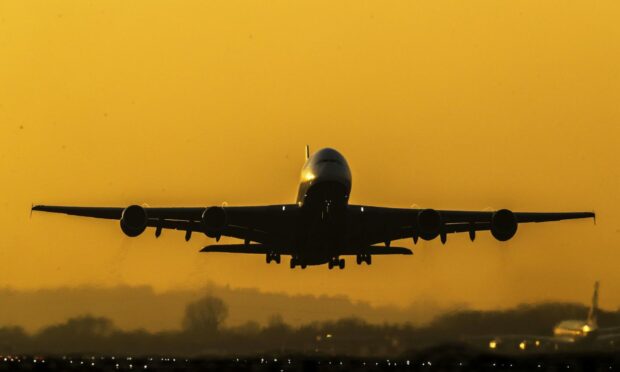

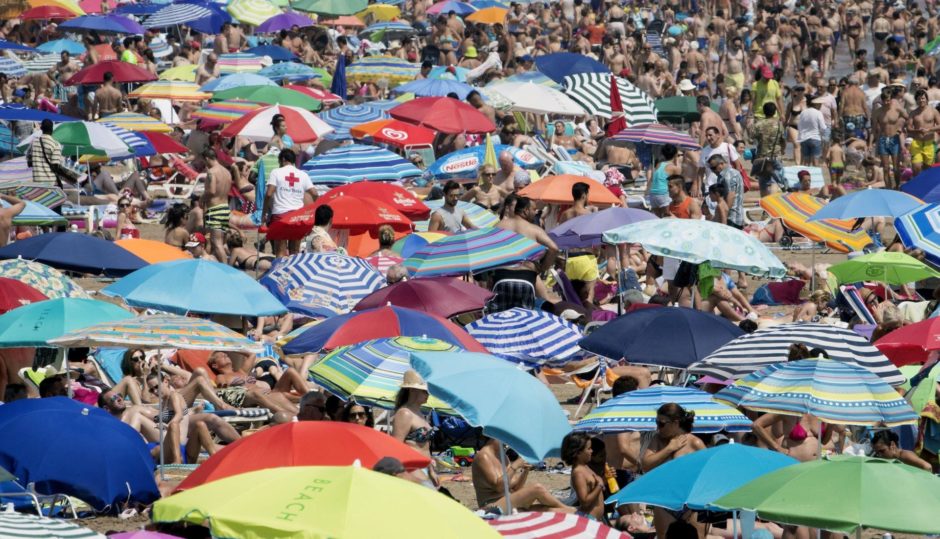


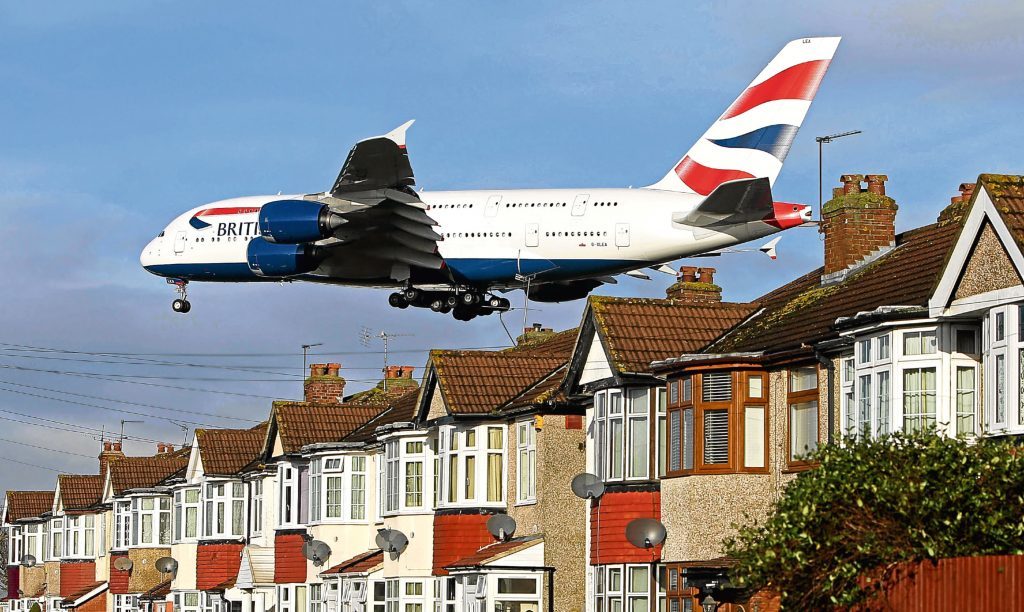

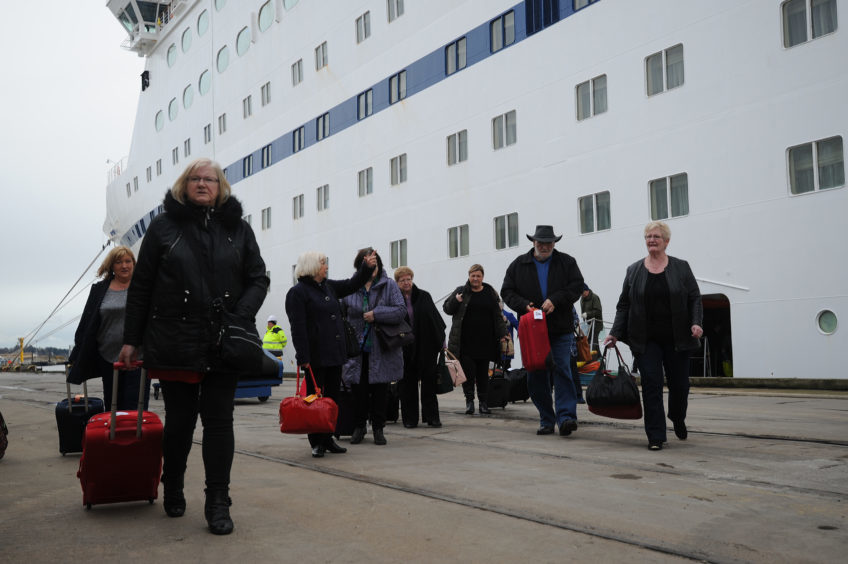


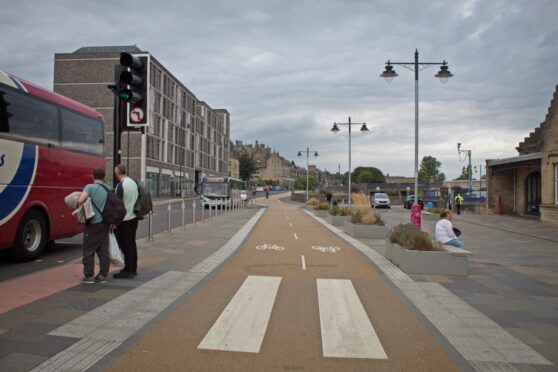


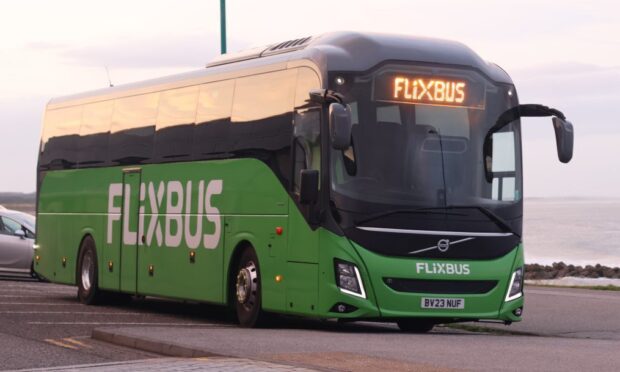
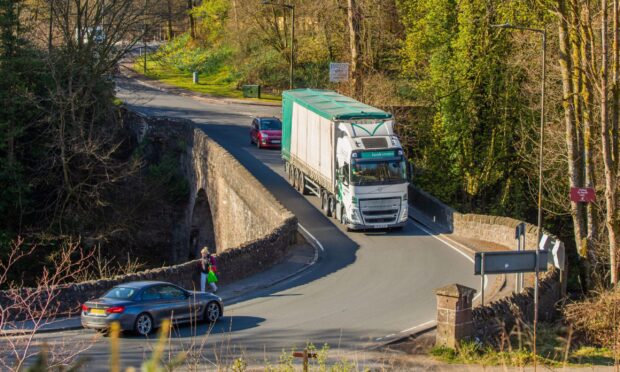
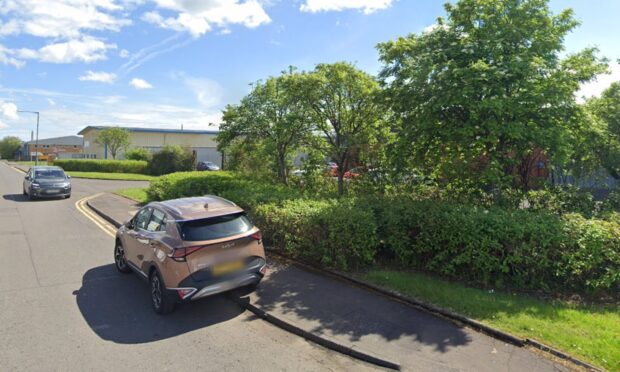



Conversation